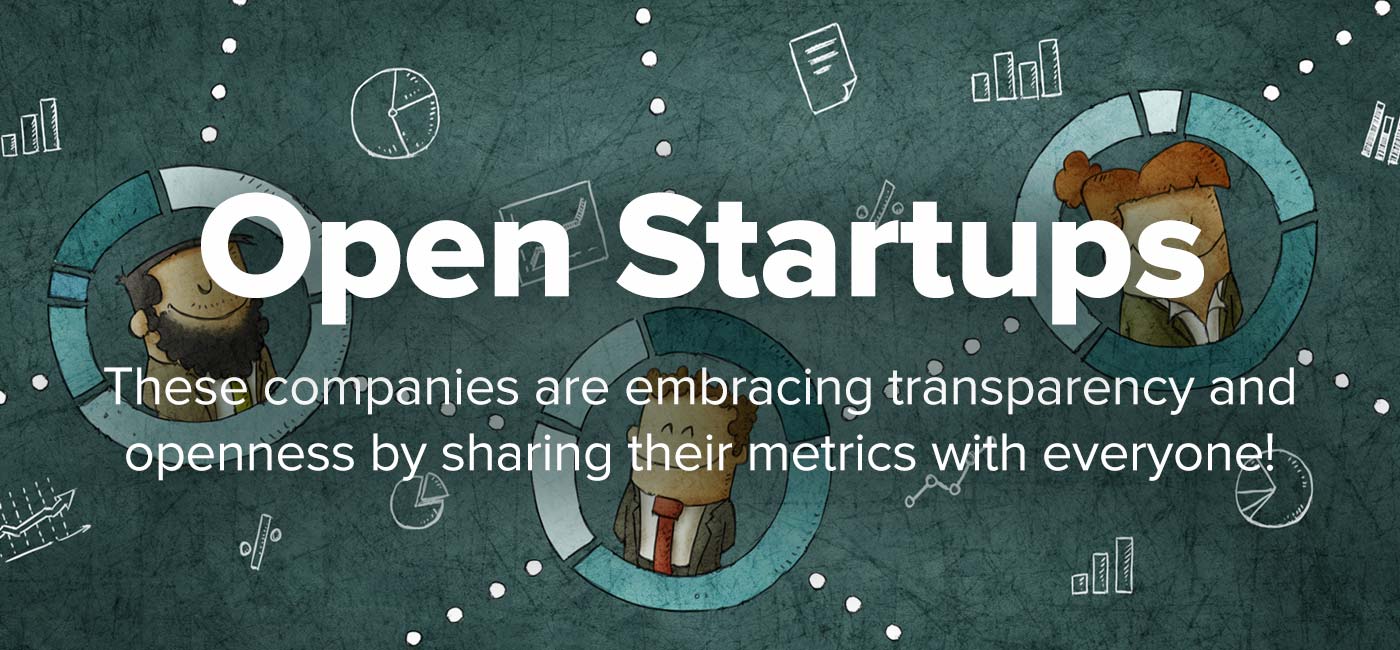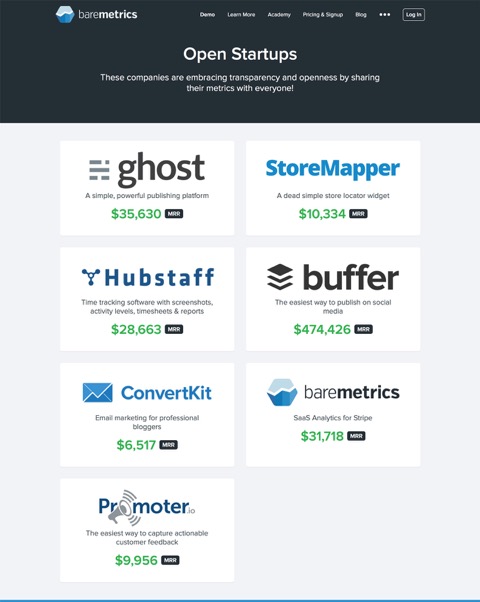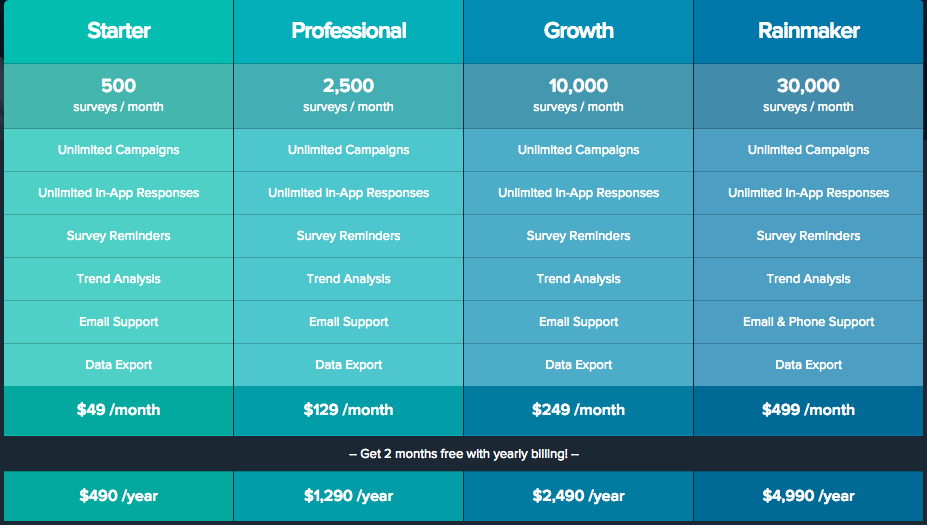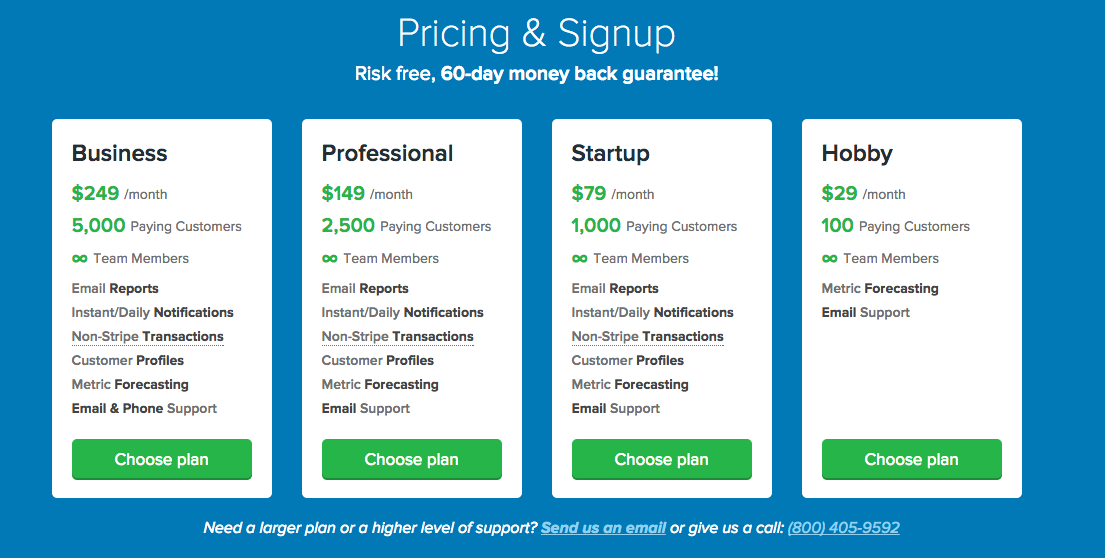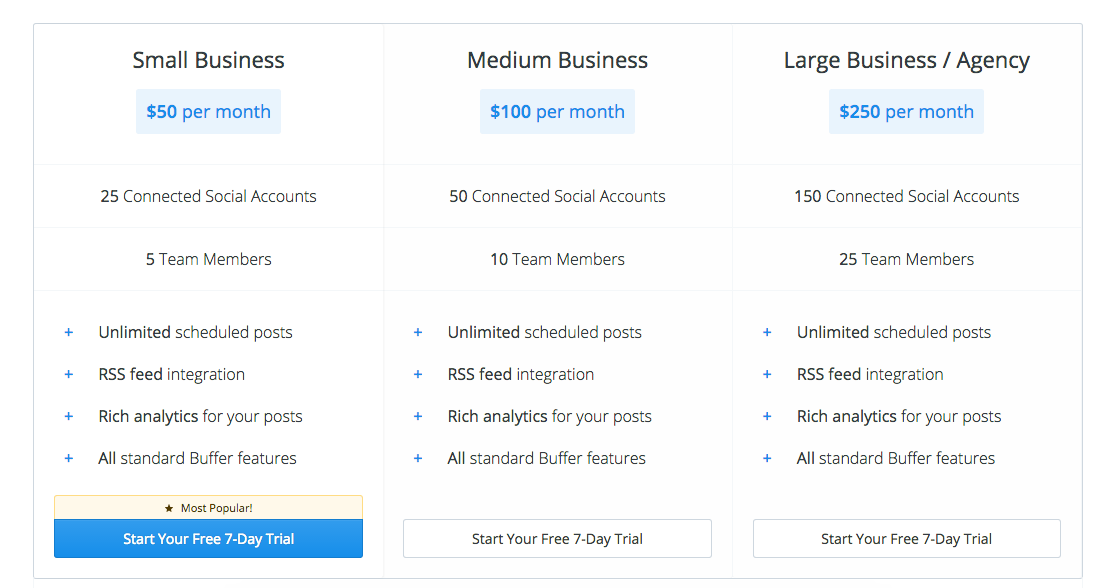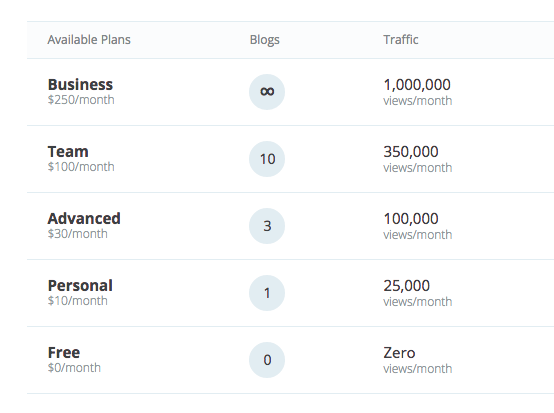There are a million books and blog posts on how to get startup and business ideas. Many people think the biggest road block to successful entrepreneurial life is having that one great idea. Once you get even a modicum of success, lots of people will start asking you about how you got an idea like that, and for any tips and tricks on how to “come up” with a similar idea.
The concept is extremely tantalizing and sounds so imminently teachable that it’s a favorite tool of lifestyle business spammers everywhere. 7 Step Guide to Profitable Business Ideas. Join My Webinar on Finding Your Dream Business Plan.
But this is entirely the wrong way to think about it.
First of all you should be coming up with at least five possible business ideas every day. This part should be basically effortless. People trying to sell this part are scamming you.
If you are going to be a successful entrepreneur at all you should innately be looking around you at your life and the lives of others, thinking what are their problems. What are their desires. What do they spend money on. Which of those things are broken or could be done massively better or cheaper or faster. You should be constantly thinking this way. It should annoy people who spend a lot of time around you.
If you’re not doing that, you’re probably not going to be an entrepreneur… sorry. It’s okay. There are lots of other great life paths but this one isn’t for you.
There is one common exception to the rule. You might be hung up on one idea, and that stops the process of thinking of new ideas. It’s cool, you just need to build yourself a better meat grinder.

